JBL Bar 9.1 review: a clever Dolby Atmos soundbar with secret surround sound
The JBL Bar 9.1 soundbar has four upfiring drivers and detachable rear surround speakers, for 3D Dolby Atmos audio
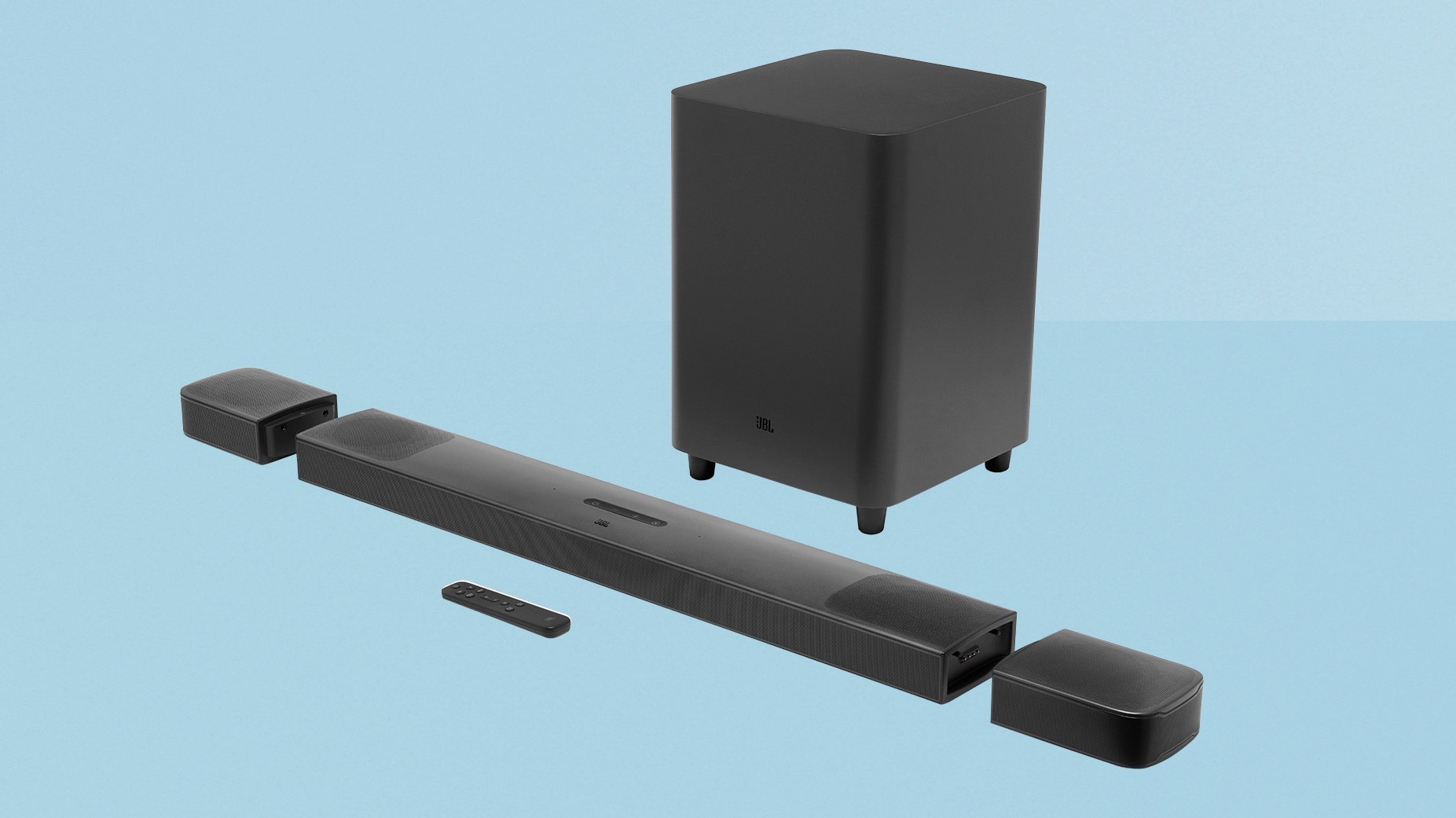
The JBL Bar 9.1 is among the most impressive Dolby Atmos soundbars around, in some ways. But once you’re over the initial shock and awe, its modus operandi gets a little wearing.
-
+
Thoughtful modular design
-
+
Authentic width and height to sound
-
+
Plenty of flexibility in terms of inputs
-
-
From the ‘everything louder than everything else’ school
-
-
Monotonal subwoofer
-
-
Short of dynamism and definition
Why you can trust T3

Welcome to T3's JBL Bar 9.1 review – the most impressive and well-equipped JBL soundbar in its newest range. Like most of the best soundbars in 2020, the design here is focused around Dolby Atmos, and bringing the surround sound experience to the living room without having to mess around with speaker separates.
In theory, there’s no downside to Dolby Atmos – anyone who’s ever sat in an Atmos-equipped cinema and enjoyed how immersive this object-based surround sound format is will agree. In practice, though, going the whole Atmos hog in your own home is quite an upheaval – getting those speakers into the ceiling and what-have-you isn’t a quick (or a tidy, or an inexpensive) job.
So JBL has designed its Bar 9.1 soundbar to try to offer a big helping of the Dolby Atmos experience while minimising the aggravation, and there some especially smart and thoughtful touches here. It's designed to deliver more of what makes Atmos such fun without having to redecorate your room to enjoy it.
It's a big beast, but as an accompaniment to one of the best TVs, this is a pretty intriguing upgrade.
- Upgrade to one of the best OLED TVs
- Or go advanced with the best 8K TVs
- Meet the best TVs under £1000
- Or the best TVs under £500
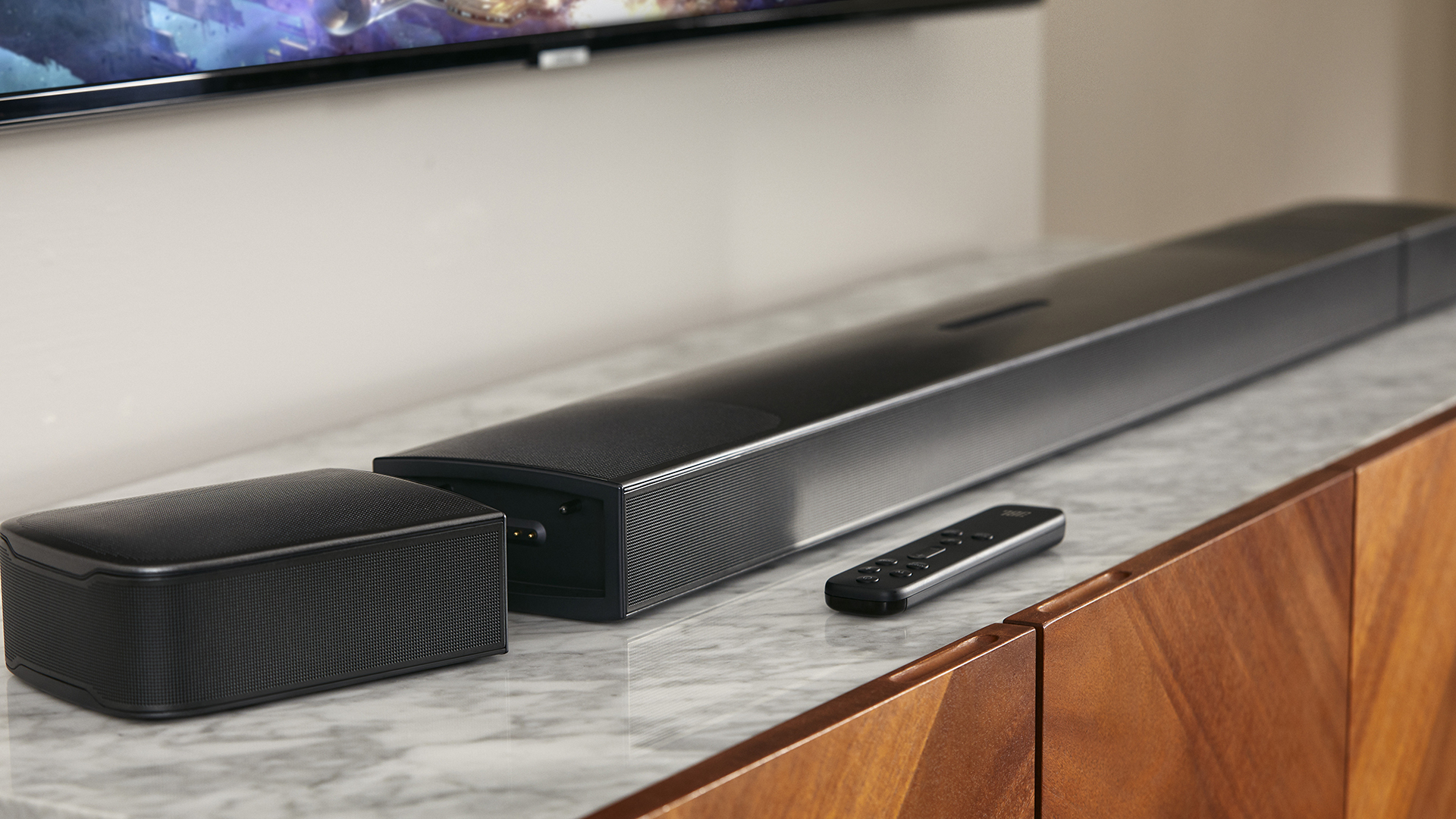
JBL Bar 9.1 review: price & features
At a £999/$999 list price, the JBL Bar 9.1 is on par with many other premium Dolby Atmos soundbars. Sennhesier’s Ambeo is the acknowledged leader of the ‘Atmos soundbar’ pack, but then it costs around twice the price. The likes of Sony, LG, Yamaha and, most recently, Sonos will all sell you an Atmos soundbar at roughly this sort of money.
Not all of the JBL’s nominal competitors, though, are as thoroughly designed to bring as much of the authentic Atmos experience as possible into your home. Because what might look, at first glance, like a long, slim soundbar is, in fact, an impressively thoughtful three-piece modular design.
The main, central part of the Bar 9.1 is a touch over 88cm long – and, at a shade over 6cm tall, should sit happily beneath most TVs. It features four forward-facing elliptical mid/bass drivers, punctuated by three 20mm tweeters; this array constitutes the front three channels of sound. Angled out from the top of the bar are a couple of full-range drivers, to provide the forward portion of the Dolby Atmos effects.
At either end of the soundbar, secured by extremely forceful magnets, there’s a removable, battery-powered speaker. Left in place, they add further width to the JBL’s presentation as well as some reinforcement of the overhead effects (and that’s how they charge their battery, too). Unclip them, though, and they become a pair of surround-sound speakers – position them behind you, alongside you, on a shelf or a windowsill or wherever’s most convenient, and suddenly you’ve got an authentic surround-sound system.
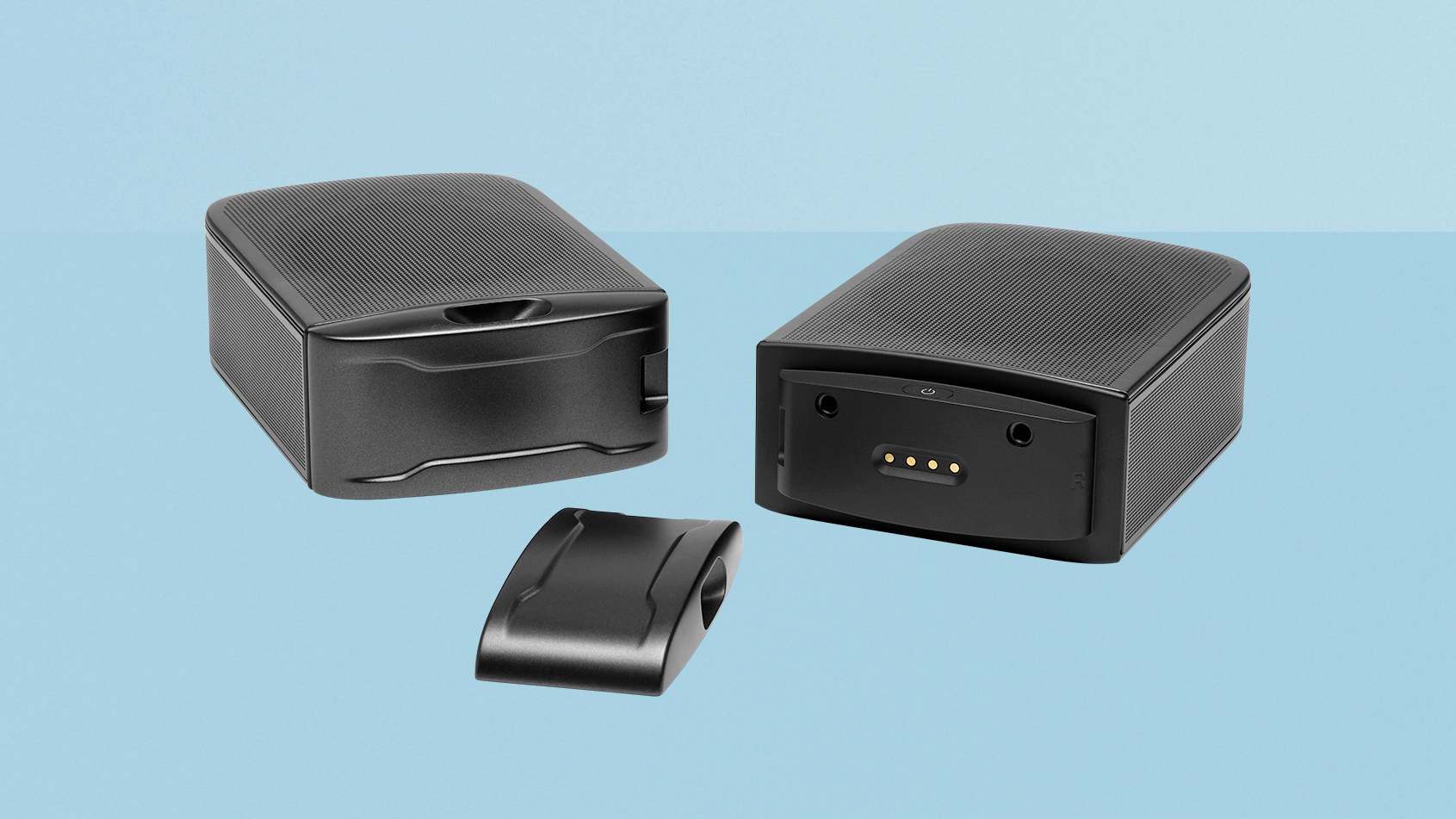
Each detachable speaker has an upward-firing full-range driver to expand the Atmos overhead effect, and a 20mm tweeter for delivering rear-channel sound effects. At a touch over 17cm wide, they’re easy to position, and thanks to their magnetic end caps, are stable enough without the need for dedicated stands.
Completing the line-up is a hefty subwoofer. At 40x31x31cm, it’s a significant cabinet, but that does at least mean there’s room for a 25cm downward-firing driver and 300 watts of amplification. And, because it’s wireless, it’s simple enough to stash it somewhere convenient without compromising its performance.
So the JBL Bar 9.1 intends to mimic a 5.1.4 Dolby Atmos arrangement (meaning five drivers around you, four firing upwards, and the subwoofer). This is, we guess, why it's called the 9.1 (5+4, and then the .1 of the subwoofer), even though that diverges from the surround sound naming conventions used by literally everyone else.
Getting the Atmos information on board is simple enough: the main section of the soundbar features an HDMI input for 4K passthrough, an eARC HDMI output to the TV, a digital optical input to use instead, and an Ethernet socket. Only having one HDMI input is a little cheap for this kind of price, but it's not a dealbreaker.
Dual-band Wi-Fi connectivity is available too, as is Bluetooth 4.2, Chromecast and Apple AirPlay for music streaming.
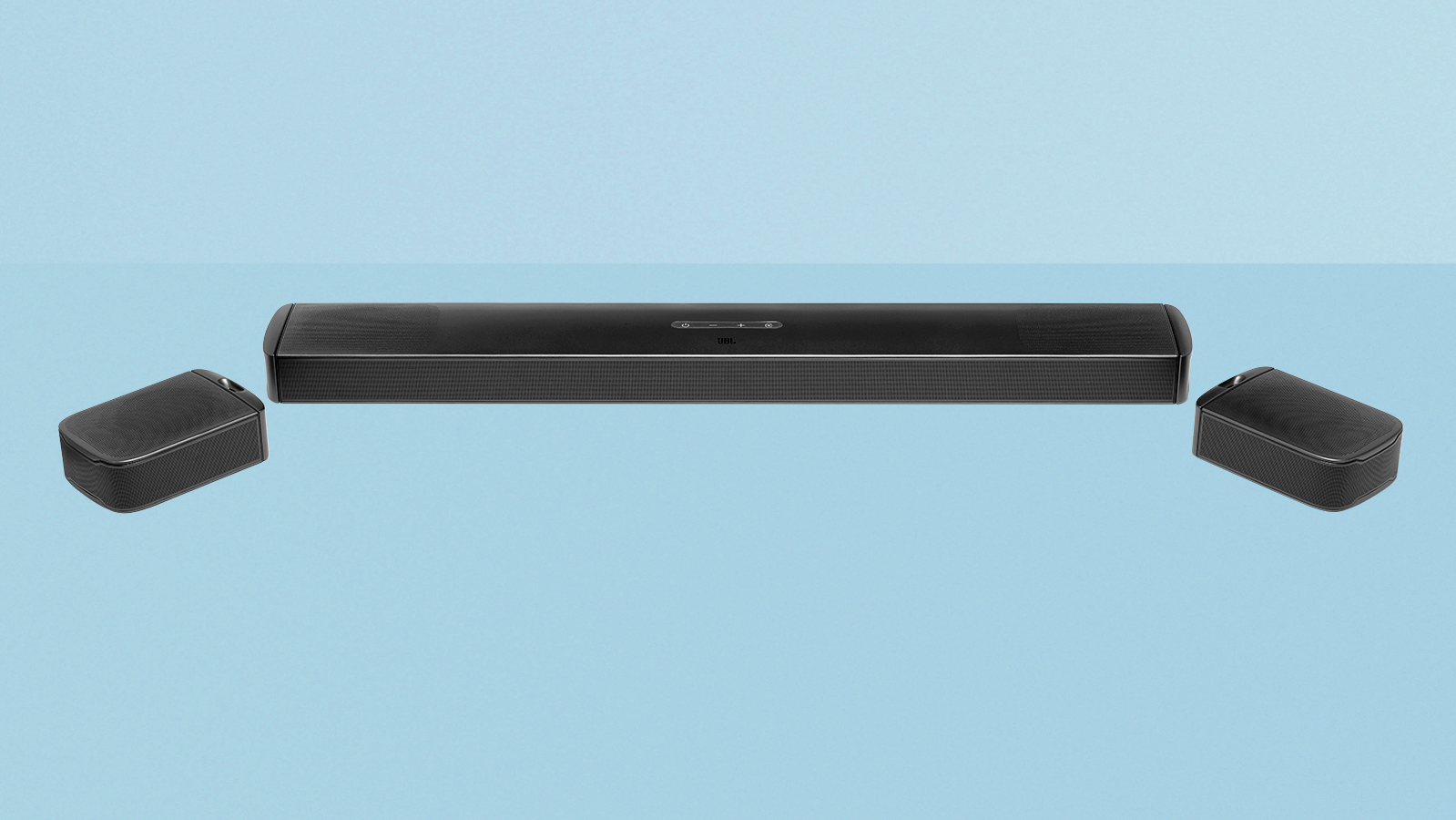
JBL Bar 9.1 review: sound quality
The JBL Bar 9.1 is an almost textbook Game of Two Halves. In terms of straightforward scale and presence, it’s as effective a Dolby Atmos soundbar as you’ll hear.
Thanks to those detachable speakers, there’s genuine surround sound on offer rather than just the extreme width offered by the likes of the (excellent) Sonos Arc. Thanks to the wireless subwoofer, there’s significant low-frequency body and presence when a soundtrack demands it. And thanks to those four upward-firing drivers (and the fact that they’re reflecting sound off the ceiling from a number of different positions) there’s genuine sonic height on offer too.
Running through a chunky, action-packed Dolby Atmos soundtrack immediately confirms it. Sound is delivered from wide left, wide right, low down and high up. The distance from the highest frequencies to the lowest is considerable – JBL is claiming an all-system frequency response of 34Hz to 20kHz, and for once those seem realistic and achievable figures. (20Hz to 20kHz is commonly considered the full range of human hearing, so it's covered off well here.)
If you want to fill your room with cinematic sound, then the JBL Bar 9.1 is about as good a way of disposing of this kind of money as we’ve yet come across. In terms of the more specific technical aspects of delivering a soundtrack, though, the JBL is a less clear-cut success.
The whole point of an object-based audio soundtrack (which is what Dolby Atmos is) is to give some precision to the way effects move around the speaker set-up, but there’s not all that much separation to the Bar 9.1’s presentation. The height channels, in particular, lack definition – the JBL has no problem getting sound effects up high, but having done that it struggles to make them distinct or move them with any kind of positivity.
This trait is compounded by a rather one-note approach to dynamics and a pretty matter-of-fact overall tonal balance. The JBL Bar 9.1 is capable of prodigious volume, without a doubt, but if you want it loud then the quiet bits are going to be loud too. Everything seems to operate at a uniform level, with no headroom to give any added zip or drive to a big action-movie set-piece.
It’s a sensation that’s not helped by the subwoofer’s somewhat monotonal contributions. The sub digs as deep and hits as hard as a box this big, containing a driver that big, powered by that much amplification, ought to… but in terms of tonal or textural light-and-shade, there’s not much going on here. ‘Rumble’ is most of what the Bar 9.1 subwoofer is good for.
Ultimately there’s just not that much poise about the way the JBL goes about its work, and a shortage of insight. There’s no arguing with the size of its presentation, though, which will be enough to carry it some of the way into some listeners’ affections, and not undeservedly so.
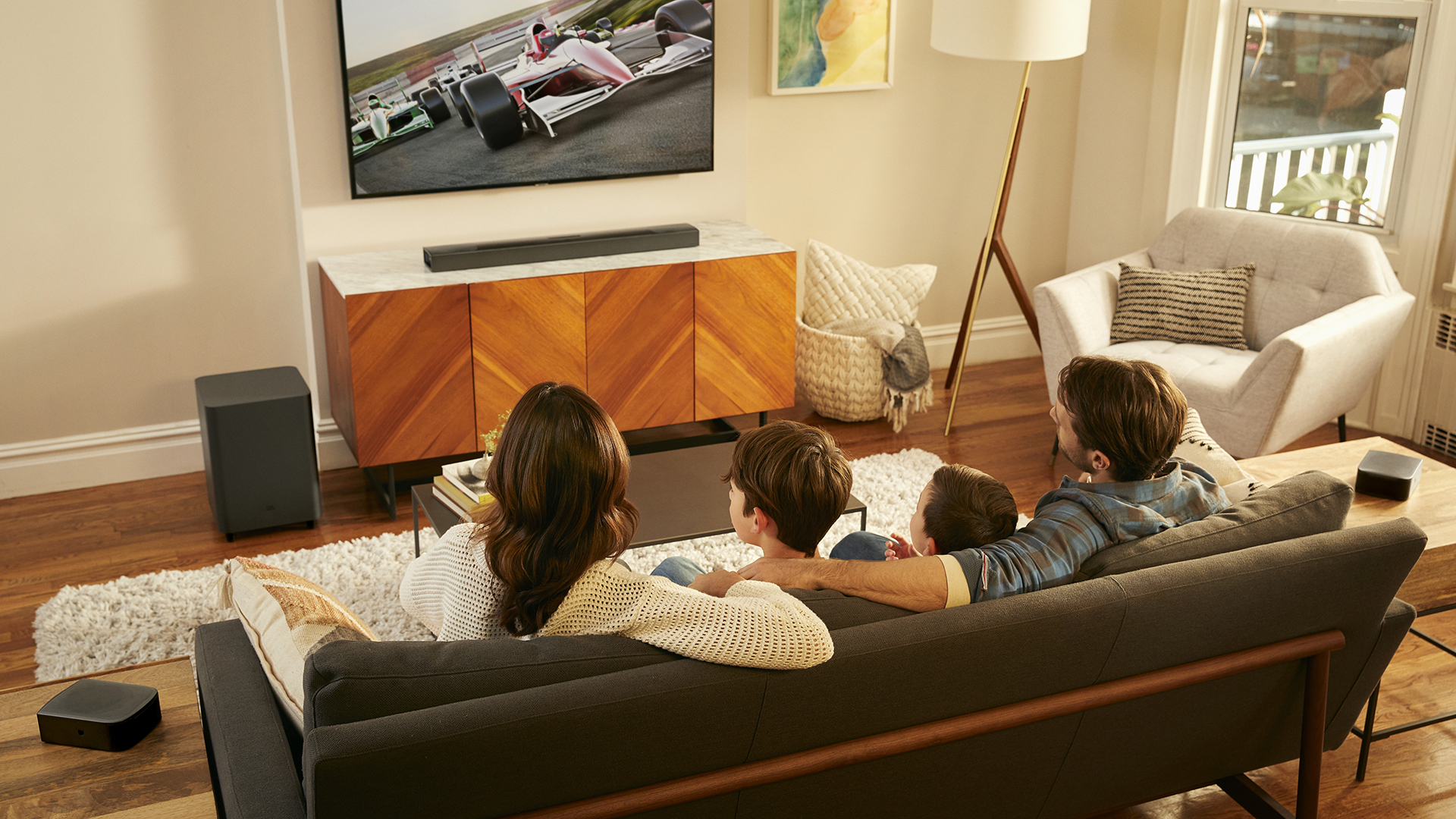
JBL Bar 9.1 review: design & usability
This is a thoughtfully designed and executed object. Build quality is well up to the sort of standard the price demands, and there’s reassuring substance to the way the modular parts of the soundbar attach and detach. The subwoofer is a little more prosaic in the way it’s finished, but that’s not to say it’s substandard. And anyway, most people will be keeping it out of sight.
Set-up is straightforward enough – or, at least, it is for those who read the manual carefully and in full. Everything is adjusted using the slim JBL remote control; the initial (and suspiciously rapid) calibration is just a quick sequence of tones, fired at considerable volume.
After that, it’s possible to trim subwoofer response, rear effects and Atmos effect, all in stages of ‘1’ to ‘5’. There’s adjustment for audio delay, and for reducing the cinematic effects when you’re watching some standard television.

JBL Bar 9.1 review: verdict & competition
If ‘home cinema sound’ means ‘big and boisterous’ to you, the JBL Bar 9.1 will be just up your street. In terms of out-and-out scale, it’s some distance ahead of the one-bar-does-everything alternatives such as the Sonos Arc.
But the JBL can’t lay a glove on the Sonos Arc in terms of dexterity or, indeed, definition. By comparison, it’s somewhat of a one-trick pony. It’s really quite an impressive trick, mind you.
In terms of soundbar systems that mimic being full Atmos surround sound, including rear speakers, the Samsung Q90R is still the leader here. It doesn't have rear height channels like the JBL does, but it handles precision better, giving a more thoughtful final result.
You can also get an Atmos surround experience that's similar to the JBL's for nuance, but at a much cheaper price, from the Vizio 5.1.2 Dolby Atmos Soundbar. The sound isn't a big and impressive, but is still impressive.
Sign up to the T3 newsletter for smarter living straight to your inbox
Get all the latest news, reviews, deals and buying guides on gorgeous tech, home and active products from the T3 experts
Simon Lucas is a freelance technology journalist and consultant, with particular emphasis on the audio/video aspects of home entertainment. Before embracing the carefree life of the freelancer, he was editor of What Hi-Fi? magazine and website – since then, he's written for titles such as Wired, Metro, the Guardian and Stuff, among many others. Should he find himself with a spare moment, Simon likes nothing more than publishing and then quickly deleting tweets about the state of the nation (in general), the state of Aston Villa (in particular) and the state of his partner's cat.
-
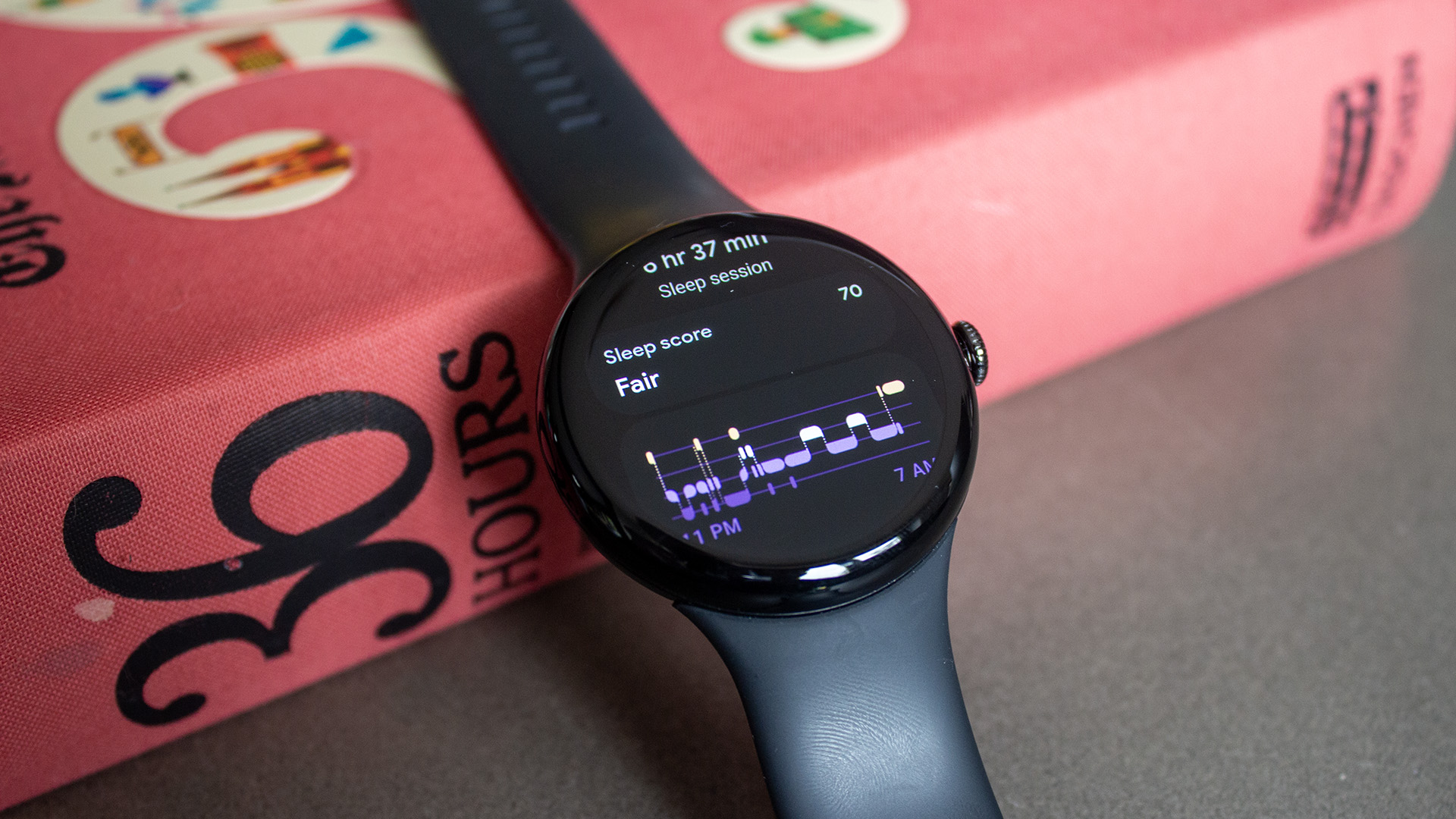 Google Pixel Watch 3 just got a potentially life-saving update in the US
Google Pixel Watch 3 just got a potentially life-saving update in the USThe latest update brings advanced heart monitoring to American wrists
By Matt Kollat Published
-
 Polar’s new subscription feature lands in the shadow of Garmin’s Connect+ rollout
Polar’s new subscription feature lands in the shadow of Garmin’s Connect+ rolloutPR genius or timing disaster? Polar’s new Fitness Programme adds adaptive training to its ecosystem
By Matt Kollat Published
-
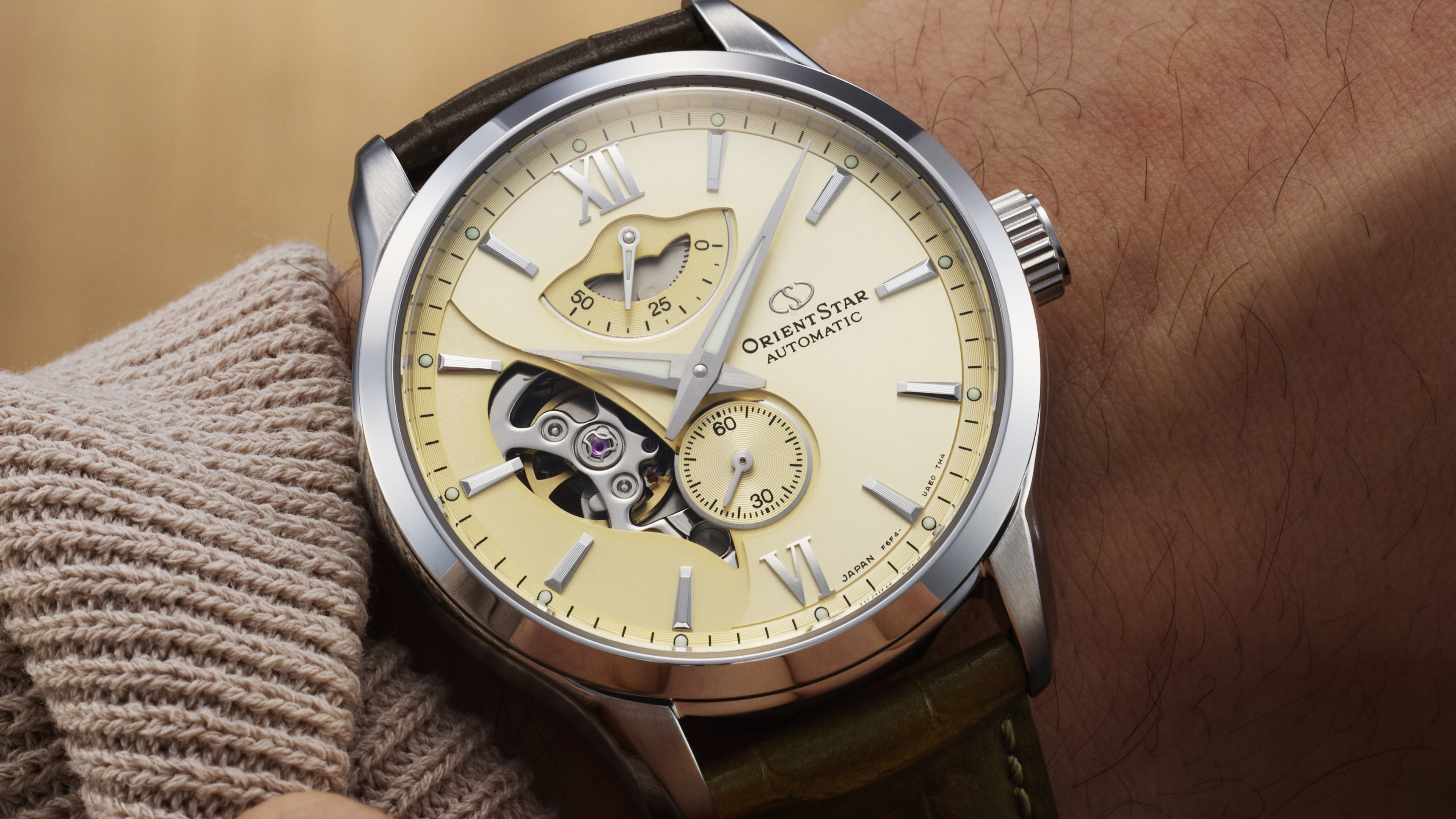 New Orient Star watches offer a glimpse of the magic within
New Orient Star watches offer a glimpse of the magic withinThere are two new skeleton pieces
By Sam Cross Published